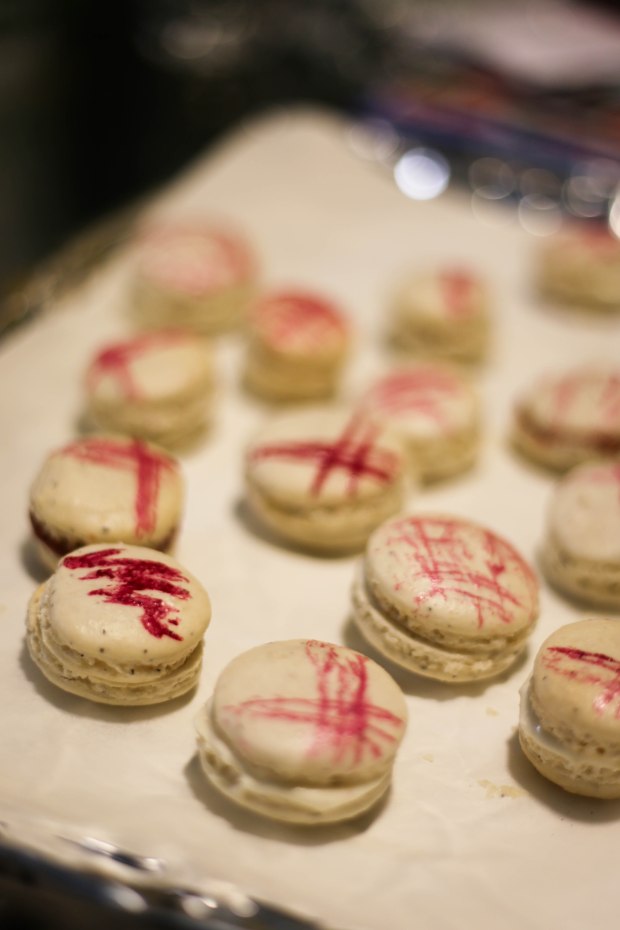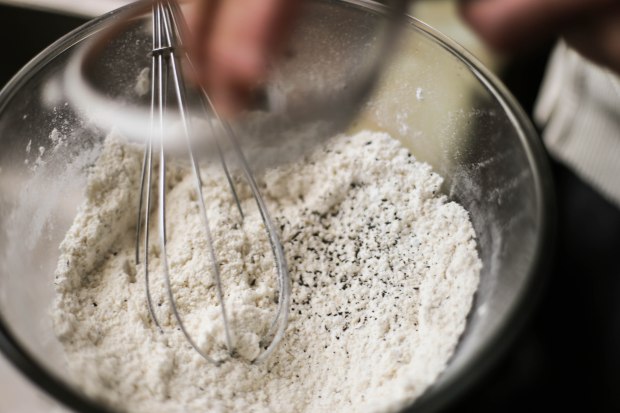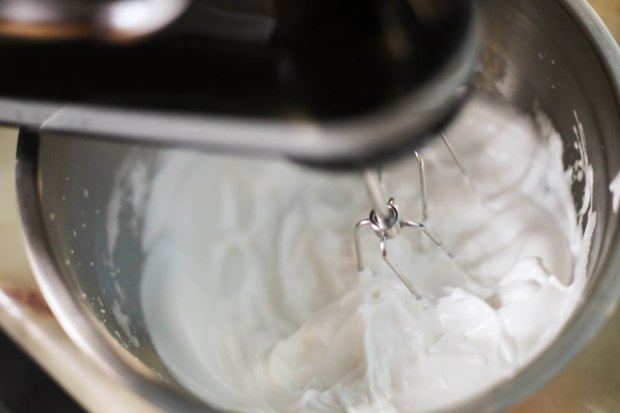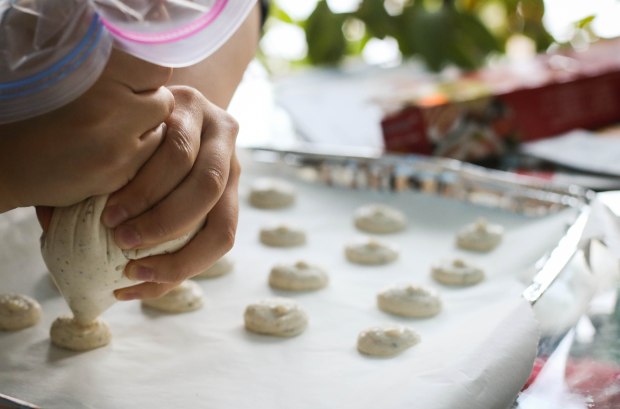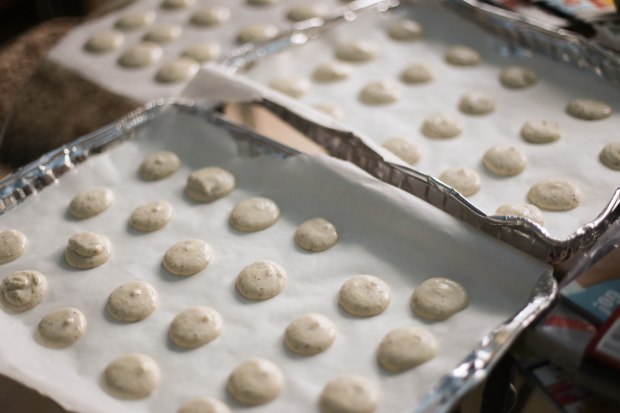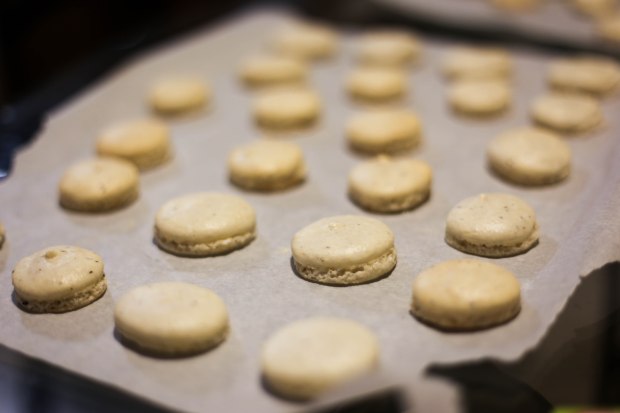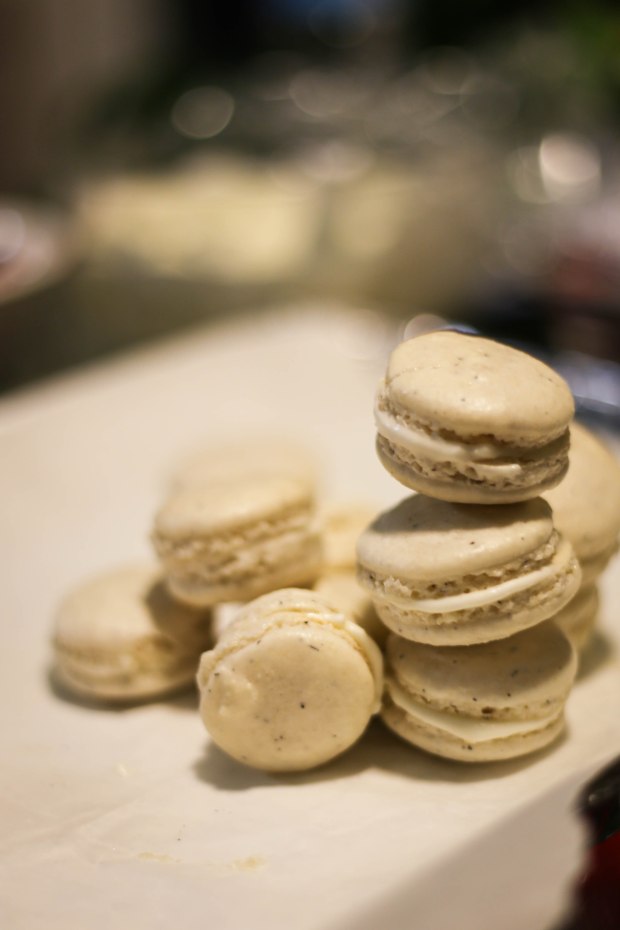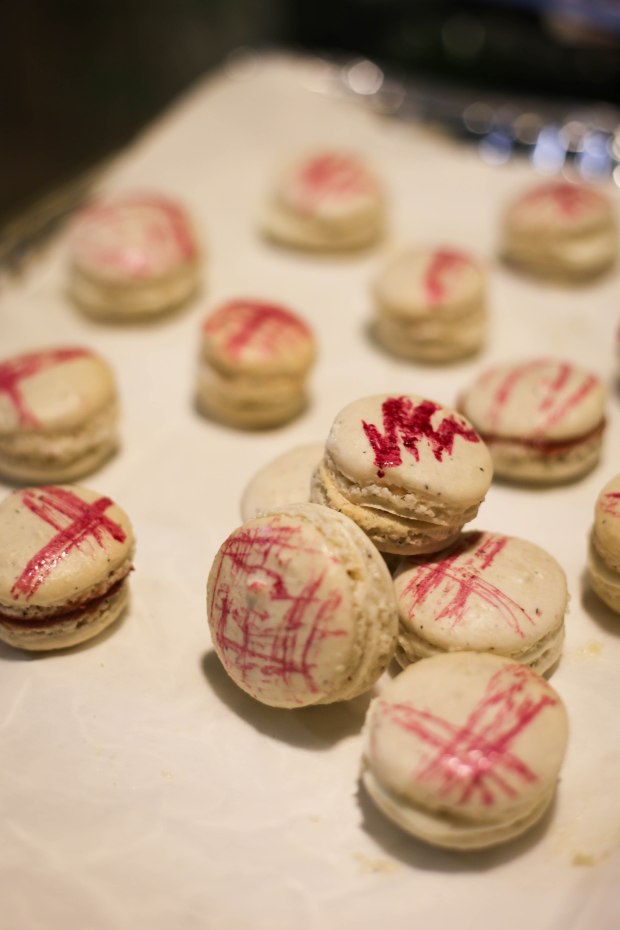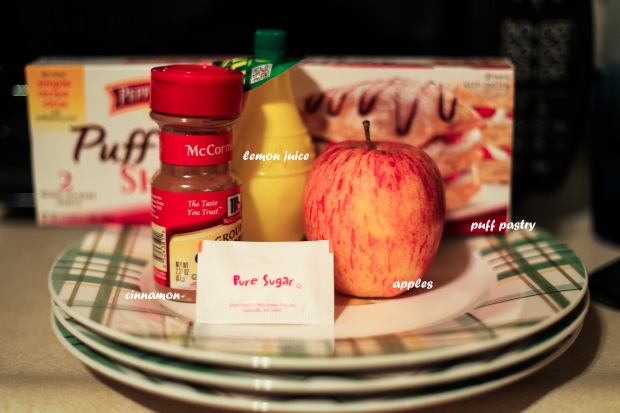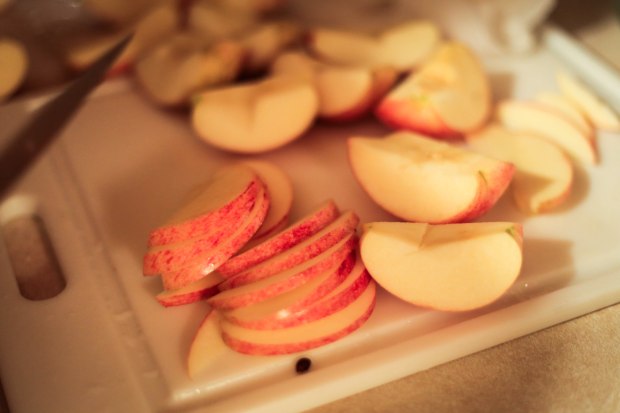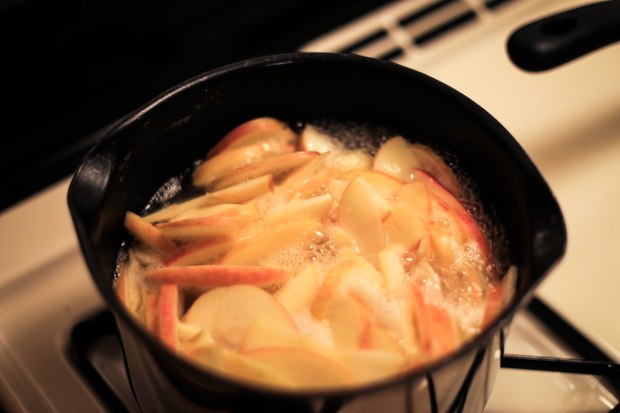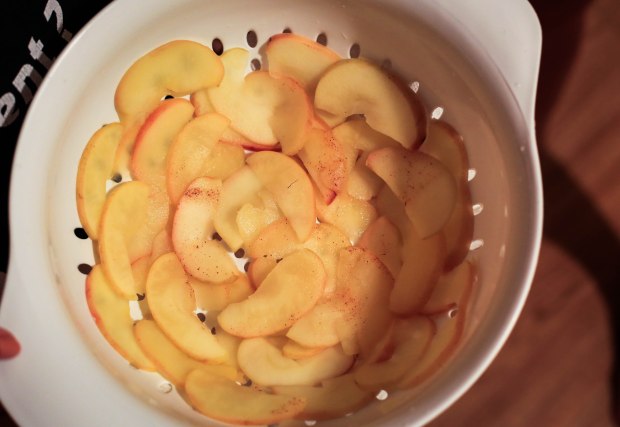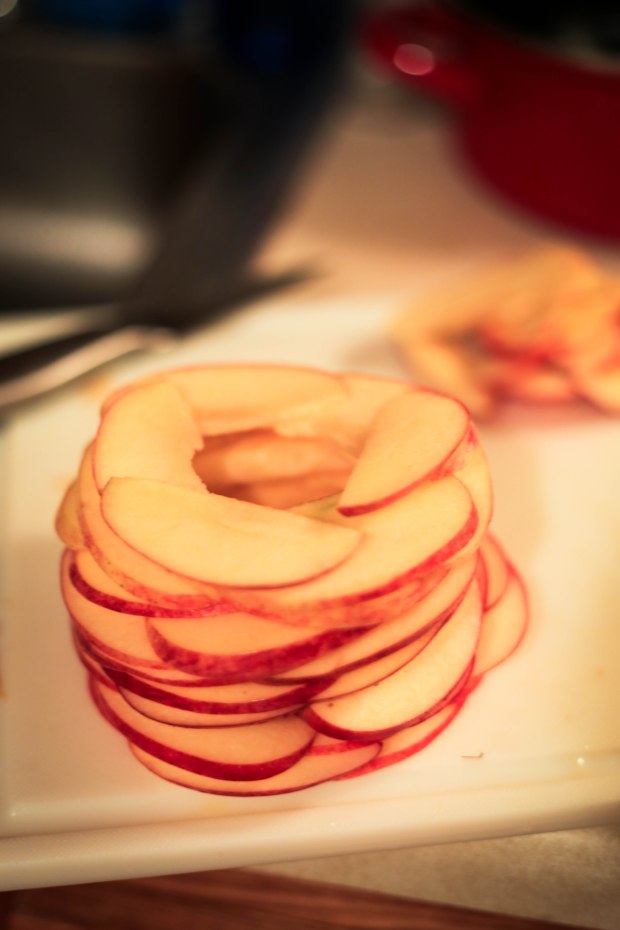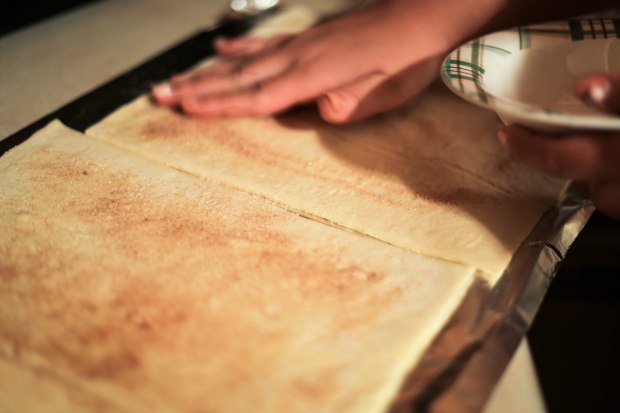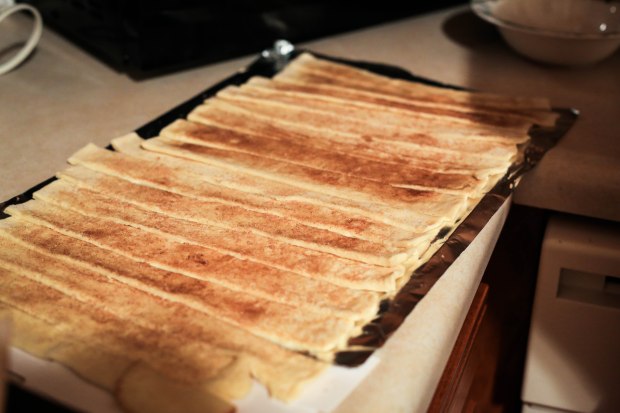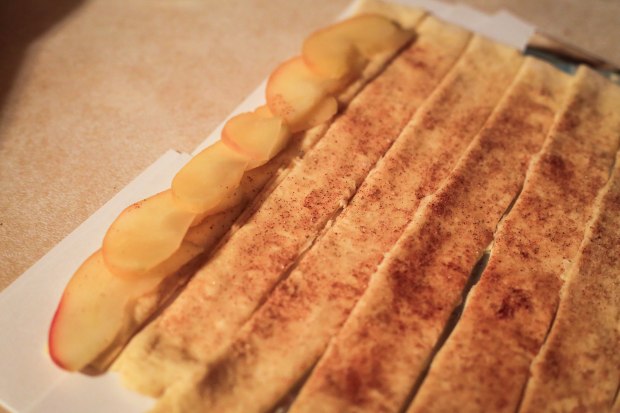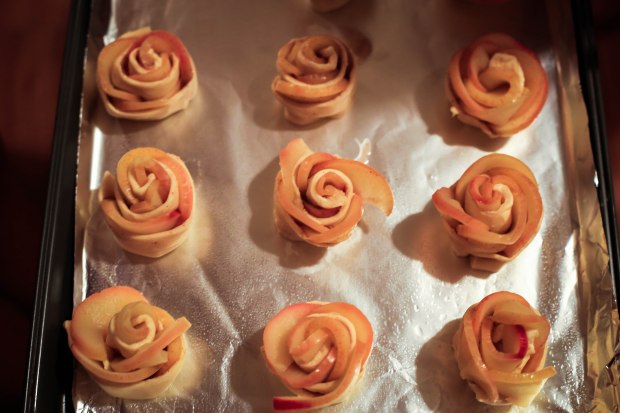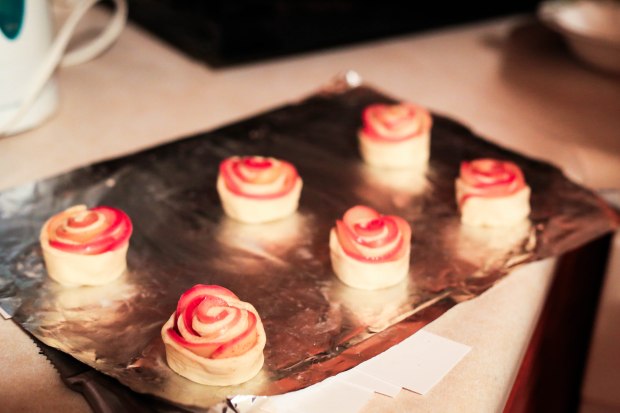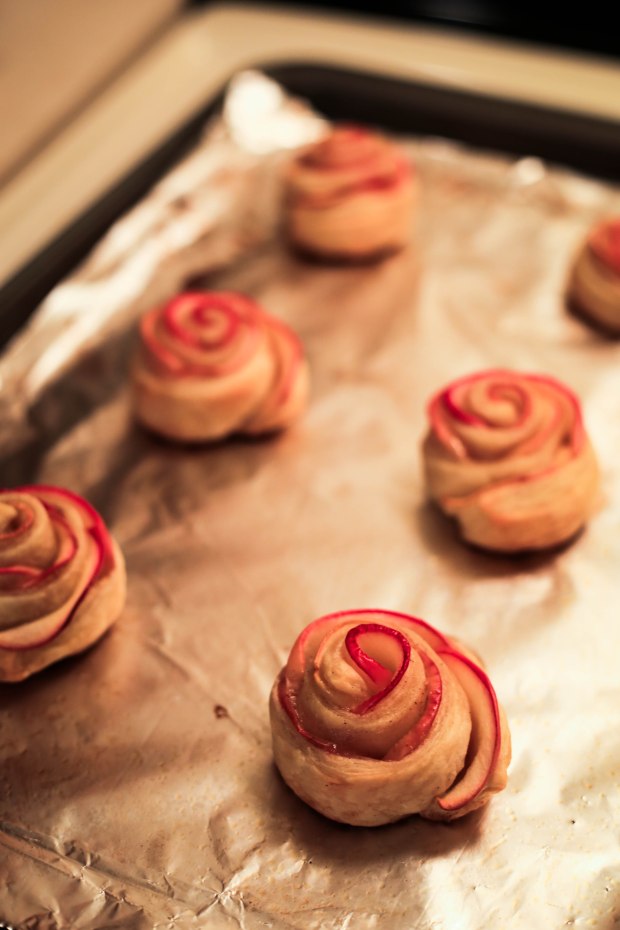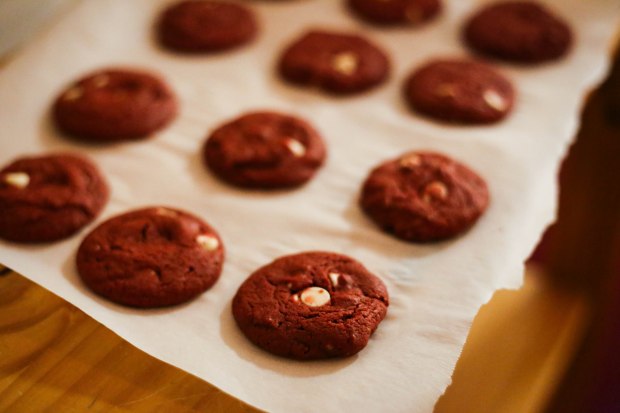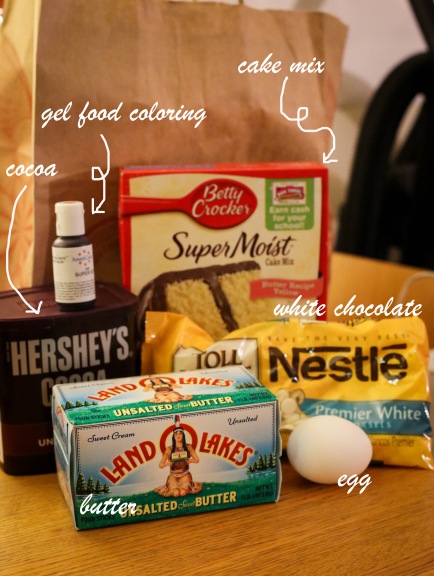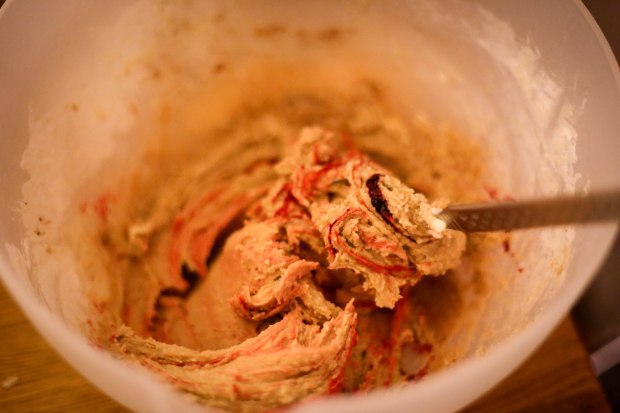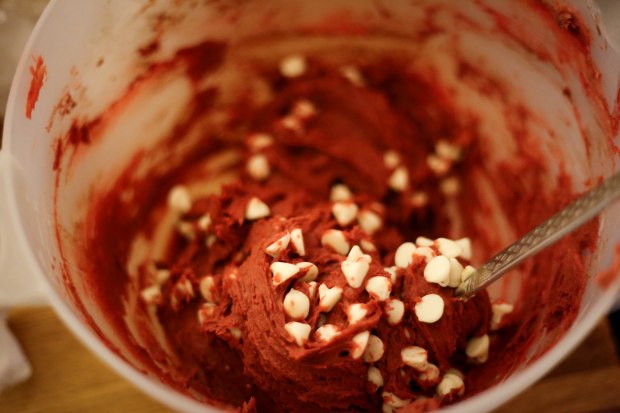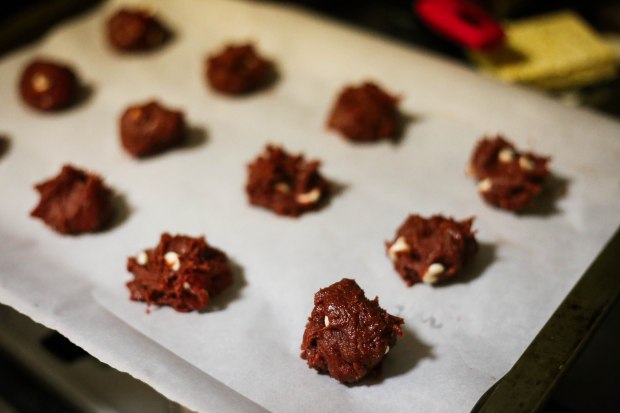“Life is about [the] people, not about [the] things,” – Natalie Vellacott

.
Theo is a friend I met through a medical school classmate, Laura. A bit over 18 months ago, Theo accepted a Peace Corps position teaching English and went from living in San Francisco to living in a remote village in the mountains of Tanzania. It was fascinating living vicariously through his facebook updates on village life: working with secondary school kids on their English during the week, and on various projects to improve the quality of life and income generating power of his school during the weekends (think rain encatchment, cows, chickens and beehives for honey!) . When I found myself with 2 months of vacation in my last year of medical school and no set itinerary, the thought popped in my head: why not take some time to experience Tanzania village life in person?! I knew I would be living in conditions different than America, and Theo warned me it would be quite a change, but I thought I knew what I was getting into.
.
And for some of it, I guess I did? Since Theo had been in Tanzania for more than a year, he was almost a local, and I (in my sheltered, privileged, pseudo-hipster way) wanted my experience to be as close to the ‘local’ life as possible. After all, I could take any kind of inconvenience if it was only for a couple days! I was prepared to sit in long, crowded bus rides. I was prepared to deal with sweltering heat and mosquitoes. I was prepared to pay my respects to the squat pots. Theo lived in his school’s dorm building, which was actually quite nice–at least much nicer than the living conditions of some of his students–so even though I was prepared to sleep on the floor with bugs, I lucked out. I didn’t quite expect the lack of running water, or of internet, but could deal with that enough. I could even deal with the bucket baths 😛 Subconsciously, I didn’t care–again, I knew it was all only temporary.
.

Growing up in a middle-class immigrant family in America, my childhood had no shortage of stories of a harder life. Whether it was labor in the Chinese countryside or odd jobs in Queens, NY, most of the time, these stories were to force us, extremely spoiled American children, to gain SOME perspective. But stories weren’t enough; it would be impossible to realize how privileged we were until we let go and walked among those less fortunate. Even with THOSE opportunities, which for me were working in homeless shelters or going to Mexico and Haiti, I still remained sheltered from the true meaning of poverty. Until I spent time in the direct shoes of the impoverished, what I thought I could understand of poverty would turn out to be just scratches on the surface.
.

What I’ve realized makes it impossible for me to truly empathize with people less fortunate is the undeniable luxury I will always have (at least for now), of home. No matter how long (or how short) I spend in any area, I cannot deny that I have a home–not only in structure, but also in community–in abundant, free, middle class America. Of course, experiencing poorer places make me much more appreciative of the resources we do have, and they do lower my comfort threshold. I don’t care too much about sleeping on a quilted pillow top memory foam *insert designer brand here* mattress more than a bamboo mat on the floor (which my parents actually made me do for a while, for my back). However, it has hit me that as long as I am an American, I will always have more than a larger part of the world. At the bare minimum, I am an American citizen, and I have access to running, clean water, and food stamps.
.
But though I can never full understand poverty, I do think it’s important to understand as much of it as possible. Why? At least for me, I’ve realized that the difference between hearing about poverty, having an indirect experience and having a much closer experience, is in the strength of my conviction to do something about it. At its root, poverty is still relative. In order to fight poverty, you have to fight inequality. To fight inequality, you have to first recognize the magnitude of the divide.
.
Perhaps I never felt this way before because, looking back, I’ve never been very close to the far other end of the spectrum. When my church volunteered at a border town in Mexico, where the roads were unpaved, the houses were made of wood scraps and tin, and water had to be transported, we lived in an air conditioned guesthouse with a POOL. Even when I went to Haiti, this time as a medical volunteer, my team and I stayed in a slightly less glamorous but nonetheless spacious, multiroom house with toilets and a shower(!). Sure, we were less comfortable than we would have been in America, but we were EONS more comfortable than the people we saw in our clinic. We didn’t NEED to have those comforts, but, because we were American, steps below our ‘comfort zone’ were still miles above the communities we served. I didn’t notice it at the time, but I definitely remained sheltered. Regardless of where we were, there remained a dramatic contrast between the places we, the volunteers, stayed, and they, the community, lived. I realized this when I got a humbling wake-up call during my visit to Theo’s village in Tanzania. From my experience, I learned three major lessons: 1. it is impossible for me to completely understand poverty 2. it does not take much to be happy and 3. life is objectively unfair; if we have excess, we should use it to reduce disparities. 
In being ‘prepared’ for ‘Tanzanian life’, I think what caught me the most by surprise was how ridiculously and extravagantly I was oblivious to the point; I was incredibly successful at making myself a super-alien (major lesson #1). First of all, I realized how ironic it was that, if my goal was to understand local life as much as possible, my preparation for Tanzania was preparation AGAINST heat and mosquitoes and scarcer toilet/shower conditions–the exact things villagers experienced every day. Comically, the first night in Tanzania, my heart rate went up to at LEAST the 100s because I was terrified of getting robbed during our 8+hour bus ride. When we got stopped by police looking for bribes on a taxi to Theo’s friends’ village, my first fear was of course, for our safety. But then it followed that, in a place where people burn their trash and have no street lights, not to mention ‘streets’, I was this Asian American girl afraid of losing two gigantic backpacks full of DEET, *special* quick drying clothes sprayed with permethrin, extra batteries, outlets and converters…and who can forget, my $2,000 camera?
.
…basically, I had a fear of losing my sac of “How to feel as American as possible in Africa”. Ha!
.
My 5 days in Theo’s area of Tanzania, a village called Moa, near Lushoto, was short, but it was enough to make me realize how excessively I had prepared, how attached I was to my stuff, how much more stress STUFF was causing, and how wrong I was about my own thoughts on poorer communities. For one, Theo’s village lived on much less than people do in America, but they weren’tfighting to live (major lesson #2). His community was poor, but not destitute. True, people worked a lot harder, but they also understood the rewards of hard work, and I was glad to see that most of the villagers had most of their basic needs met. It was encouraging to see how people warmly greeted one another while passing on the road. It was hilarious to see 5 year old kids show me up on a steep section of mountain as they passed me easily, carrying firewood on their heads, as I fought to catch my breath. It was fascinating to see agriculture, chickens and cows everywhere. But don’t get me wrong; poverty, when not absolute, is always relative. Nothing could have controlled for Theo or I to be born in America or Theo’s students to be born in Tanzania, except that, it just happened that way. With all the money my American self threw into my flight to Tanzania, visa fees, water purification tablets, travel insurance (including medical coverage), sunscreen, and everything else, all to make sure I, of 1, was virtually indestructable in my 5 days in Africa, I could have probably made a major contribution to any part of the infrastructure in Theo’s village, of at least 100(?50?), to deal with chronic impacts of poor nutritional status, health access, sanitation, educational access (especially for those kids carrying firewood), and social mobility (major lesson #3). Inequality was never so clear.

.
My stay in Tanzania reminded me of an op-ed article I read a couple years ago in the NYT, about an author’s experience with extravagance, disillusionment, travelling, and eventually, realizing the importance of experiences, not things (living with less). I remember (audaciously) patting myself on the back for agreeing with everything covered in the article, but I realize now how oblivious I was to truly embracing the concept of experiences over things, to truly living with the bare minimum, and to truly making good use of excess to eliminate disparities (now, if only we can fix corrupt governments…). Thanks to the unique opportunity to see life in an agrarian village through the eyes of an almost-local, at least I can say I now have a better understanding of living at another end of the spectrum (though still nothing compared to Theo or other long term volunteers in developing countries!). Theo has done an incredible job adjusting to Tanzanian life and trying to understand and work with the needs of his community; he educated me thoroughly about the realities of his school and village resources, the misconceptions foreigners have, the subtleties of the culture, and the beauty he has found in a simpler life from his experience in Tanzania. However, it cannot be denied that even he has the luxury of coming back to America soon; his Peace Corps experience has an end. That is why actions to make communities more sustainable are so important: our goal as more privileged people is not to give things, but to give ideas and empower a community so we can all work together towards reducing disparities.
.
So, where to go from here? Going to Tanzania was a decision that I almost didn’t make, but I am incredibly glad I did. Sure, there were some nerve-wracking parts of the experience, mostly because I had no idea what different culture I was stepping into. Theo was awesome to accompany me the whole time so I felt safe. Sure, if I were to live in Theo’s village or the equivalent long term, inequality would minimize not only socially, but also medically as well: I can see how conditions endemic in developing countries, such as malnutrition/malabsorption, parasites, malaria/yellow fever/other mosquito borne illnesses, and respiratory issues associated with burning plastic or cooking with charcoal in enclosed environments could rear their heads. Sure, there are many other things to consider when one makes the decision of on the field, or off the field? Am I going to just let this experience stay as a memory, slowly fading into the bucket of other experiences I aim to have before I die? Or do I use this as an impetus to action, and if so, what action?
.
One thing I know for certain is that I’ve left Tanzania humbled, with a much stronger recognition of inequality, and a much stronger conviction to do more about it. At the very least, from this trip, I want to pursue more opportunities to better understand the needs and struggles of poorer communities, and continuing thinking of ideas to eliminate disparities. I want to seek more opportunities to live closer to the local people. I’m pretty embarrassed to say that the next leg of my trip is to Dubai, one of the richest countries in the world, but at least it will sear these concepts of disparity even deeper in my mind.
.
Theo seriously organized the PERFECT experience in his home away from home for me, far better than I would have imagined. I even got to see a local hospital in his town, quite well outfitted with male and female wards, and special rooms for outpatient visits, family planning, and children. However, I could also see how a similar hospital environment in West Africa bred Ebola like wildfire, and how there are constant shortages of supplies, potentially staff (if the hospital was filled to capacity), and opportunities to hand wash (:(!). In about a month, I will hopefully have a similar experience working in another village, but this time in rural China, to help train the locals to do basic medical techniques (think BLS, neonatal rescuscitation after home births, basic management of respiratory issues, etc). I have faith that every experience I have is far from being in isolation; I pray that both these experiences, as well as my continued interest in research, and cancer, will give me some more clarity about what to do with these stronger convictions.
.
Lord, give me boldness to go where you want me to be.
.
And, THANKS THEO!! (And Dafa’s family, who took care of us my first night, pictured below :))

PS: more pictures and details in the works!






